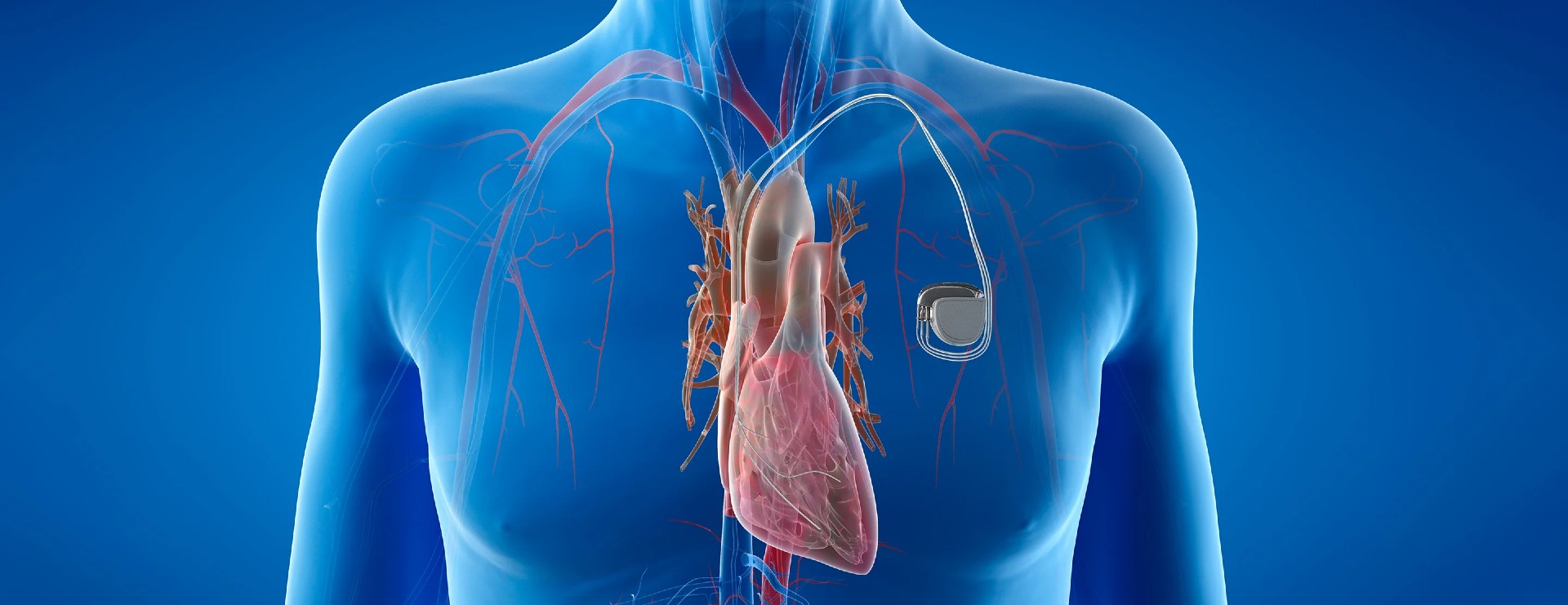In today's world, medical advancements have granted individuals with various health conditions the opportunity to lead fulfilling lives. However, for some individuals, such as those reliant on pacemakers, navigating the complexities of social security disability and Supplemental Security Income (SSI) can be daunting.
Pacemakers, crucial devices that regulate heart rhythm, are often necessary for individuals with cardiac issues. While having a pacemaker may not directly qualify someone for social security disability or SSI, the underlying medical conditions that necessitate the device could potentially make one eligible for these benefits.
When considering eligibility for social security disability and SSI, the Social Security Administration (SSA) evaluates an individual's ability to work and perform substantial gainful activity (SGA) due to their medical condition. In the case of pacemakers, the focus shifts to the underlying cardiac condition and its impact on the individual's ability to work.
The SSA maintains a comprehensive listing of impairments, commonly referred to as the Blue Book, which outlines specific medical conditions and criteria for disability eligibility. While pacemakers themselves are not listed as a qualifying impairment, the cardiac conditions that necessitate a pacemaker, such as arrhythmias, heart failure, or coronary artery disease, may be listed.
To qualify for social security disability or SSI, individuals must demonstrate that their cardiac condition, despite treatment including a pacemaker, prevents them from engaging in substantial gainful activity. This involves providing medical evidence such as diagnostic tests, treatment records, and physician assessments that substantiate the severity of the condition and its impact on their ability to work.
Additionally, the SSA considers an individual's residual functional capacity (RFC), which assesses their ability to perform work-related activities despite their medical condition. Factors such as physical limitations, exertional capacity, and the need for accommodations due to the pacemaker or underlying condition are taken into account.
It's important to note that the application process for social security disability and SSI can be complex and time-consuming. Seeking guidance from a knowledgeable attorney specializing in disability law can greatly increase the likelihood of a successful claim.
In conclusion, while having a pacemaker alone may not automatically qualify someone for social security disability or SSI, the underlying cardiac conditions that necessitate the device could potentially meet the eligibility criteria. Providing thorough medical documentation and seeking legal assistance can help individuals navigate the process and secure the benefits they need to support themselves.






